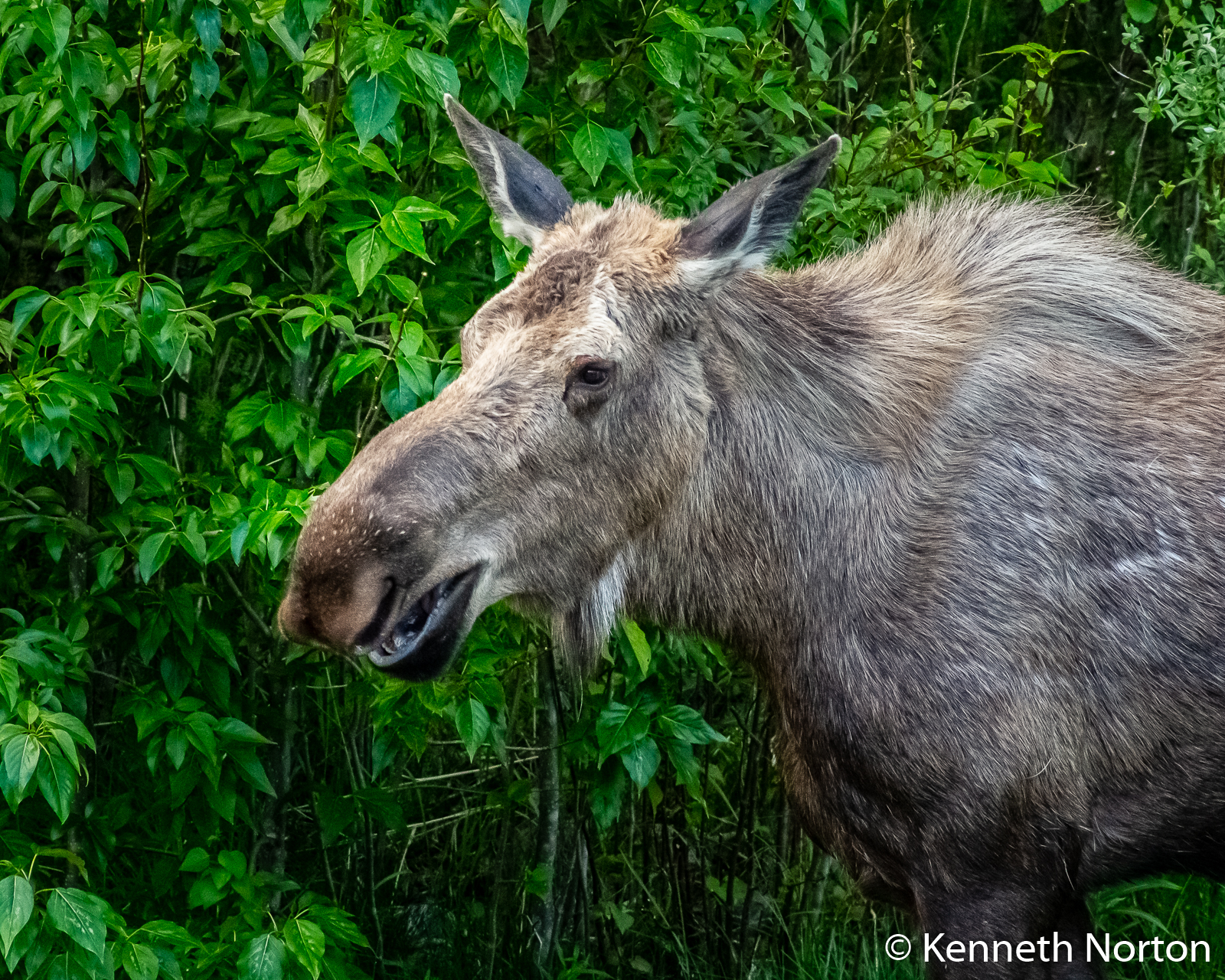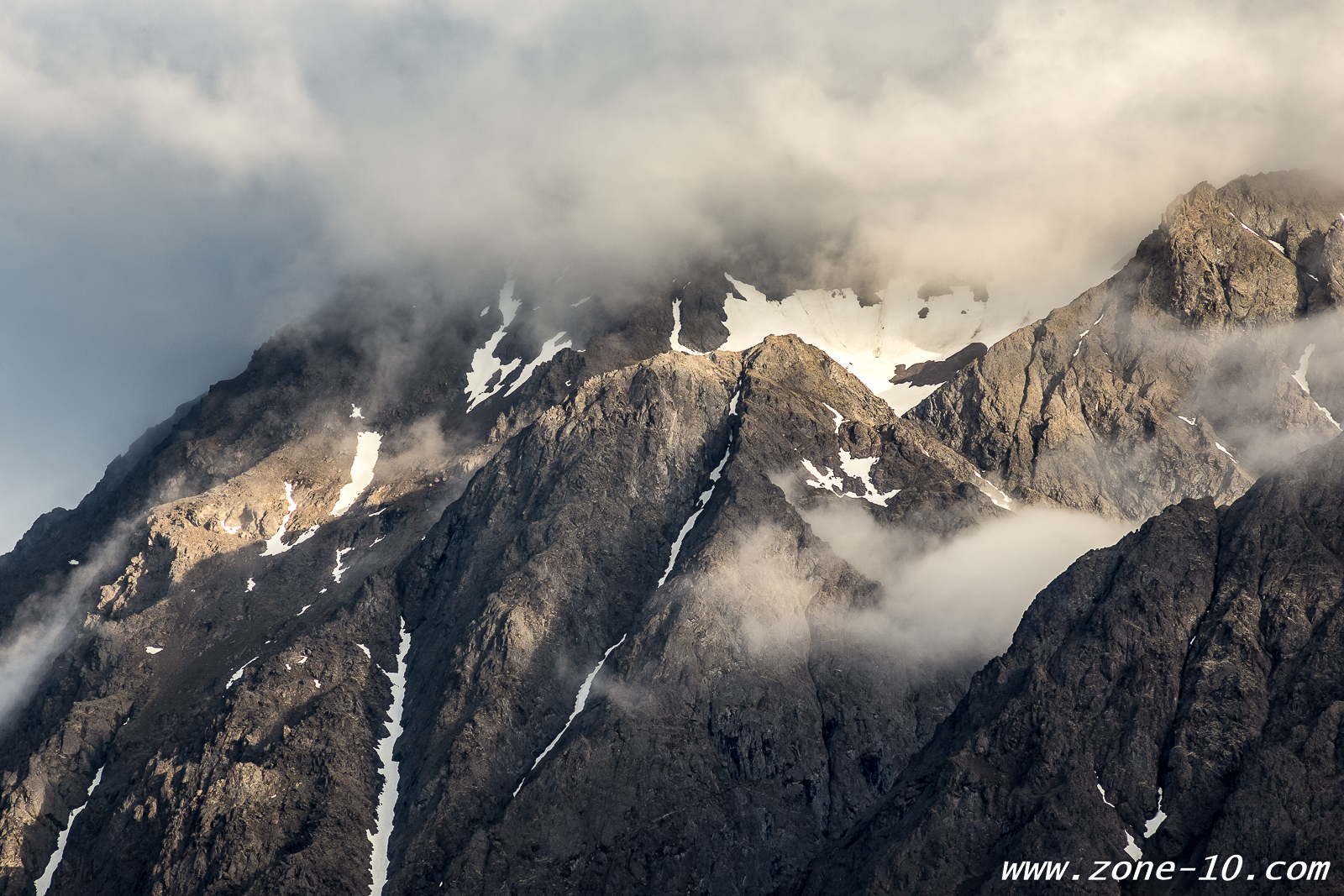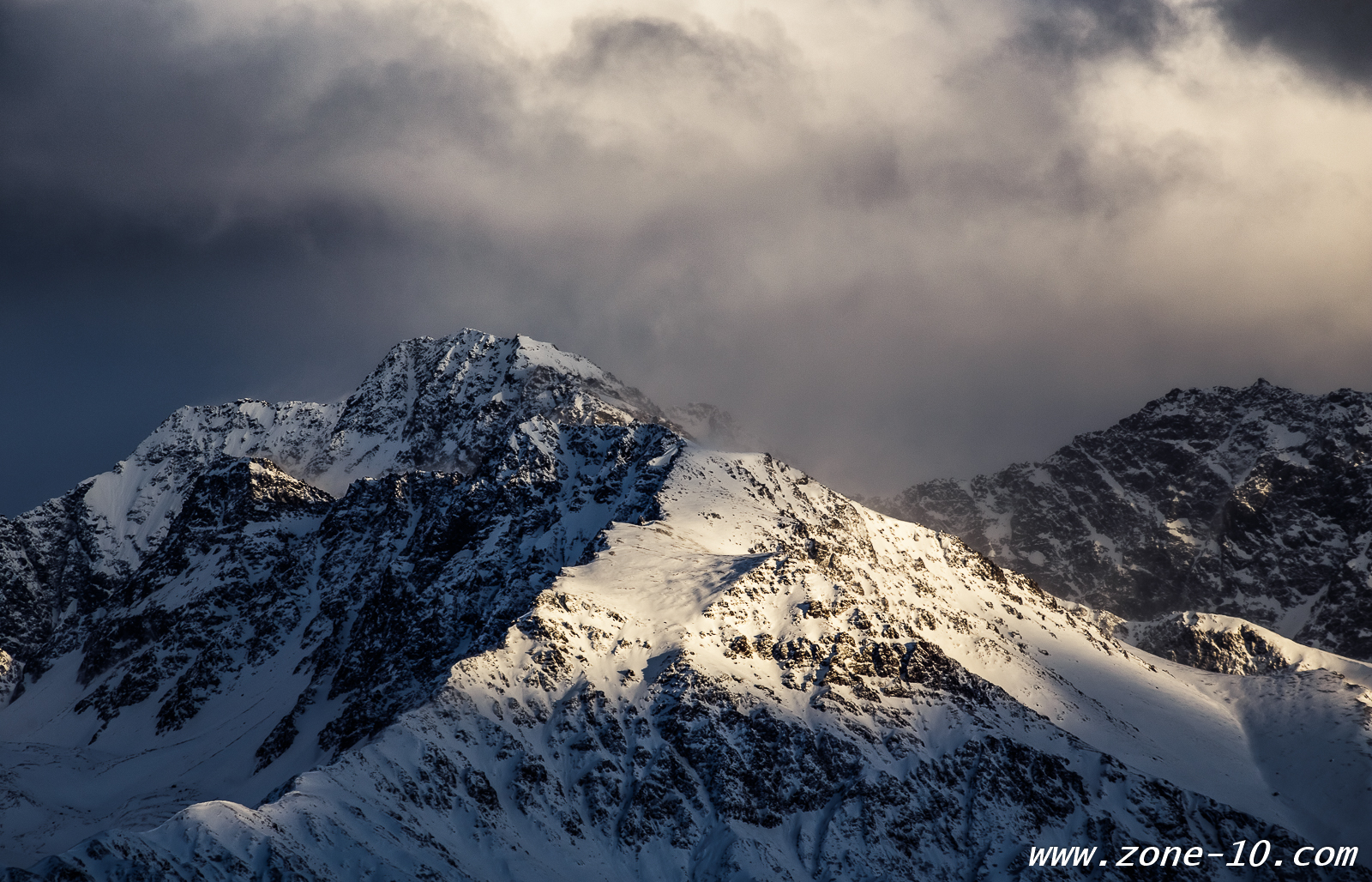The Olympus E-1 has an absolutely wonderful Kodak CCD sensor that has three major flaws: Not enough pixels, noisy pixels, and supposed lack of dynamic range. However, in fairness, the noisy pixels are generally not an issue if you can shoot at base-ISO. The lack of dynamic range is sometimes a challenge, but usually not a problem because the images require less bending in the computer to achieve desired output. But the lack of pixels is definitely a weakness and forces a restriction on maximum print sizes and cropping.
But the colors, oh, the colors! And the mid-tone contrasts. The typical digital camera has a much flatter response curve and requires more gain adjustment to form the desired output curve. The E-1 raw images have a much steeper response cure and a significant "toe" in the shadows. Not really any shoulder, but the toe is major. Because of this, as well as a more intense color profile, it requires less bit-bending and saturation to be added later in the process. The E-1's Kodak CCD sensor is effectively closer to the final output and requires less computational adjustment later on.
When it comes to color saturation, most cameras allow for the images to be "saturated" through the edit process, but rarely are those saturated colors "rich colors". It's similar to cooking where butter can provide a richness in flavor that a vegetable oil cannot.
The following images are from 2005 and were taken in Michigan's Upper Peninsula. I've revisited these images and processed them with the latest/greatest version of Adobe CC in Lightroom Classic. While an argument can be made that I've turned the volume up to 11 on most of these, the results satisfied my current aesthetic and just shows what is possible. These are quick edits. No detail work performed, no spotting or edge-definition work.
The actual settings in Lightroom Classic are mostly about half to a third of what I have to do with Canon 6D and Panasonic DMC-GX85 images. The natural color intensity and mid-tone curve requires little adjustment and in some cases (although, not shown here) require significant subtraction rather than addition.
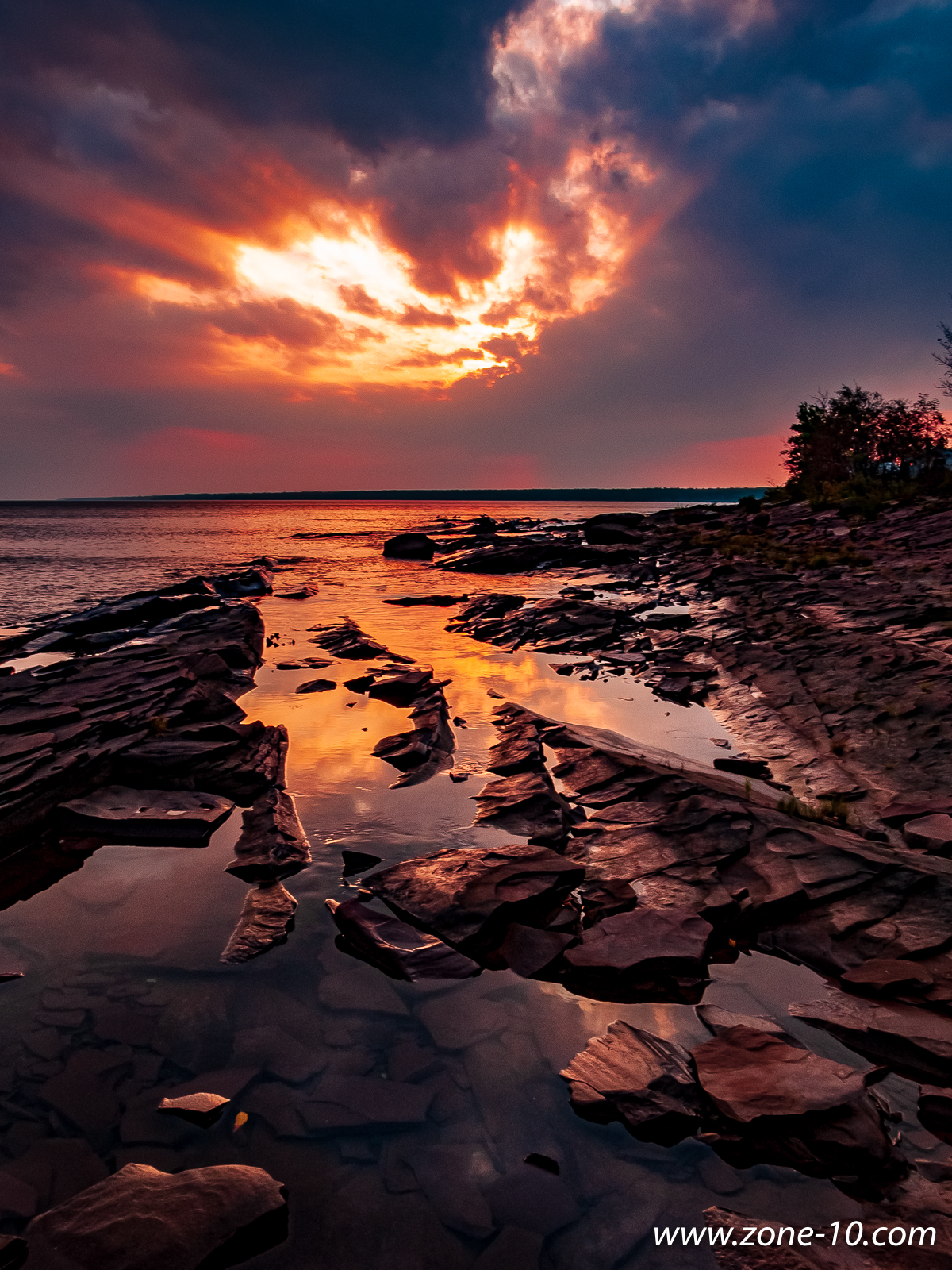 Lake Superior Sunrise - Porcupine Mountains State Park. Olympus E-1 with 14-54 lens.
Lake Superior Sunrise - Porcupine Mountains State Park. Olympus E-1 with 14-54 lens.
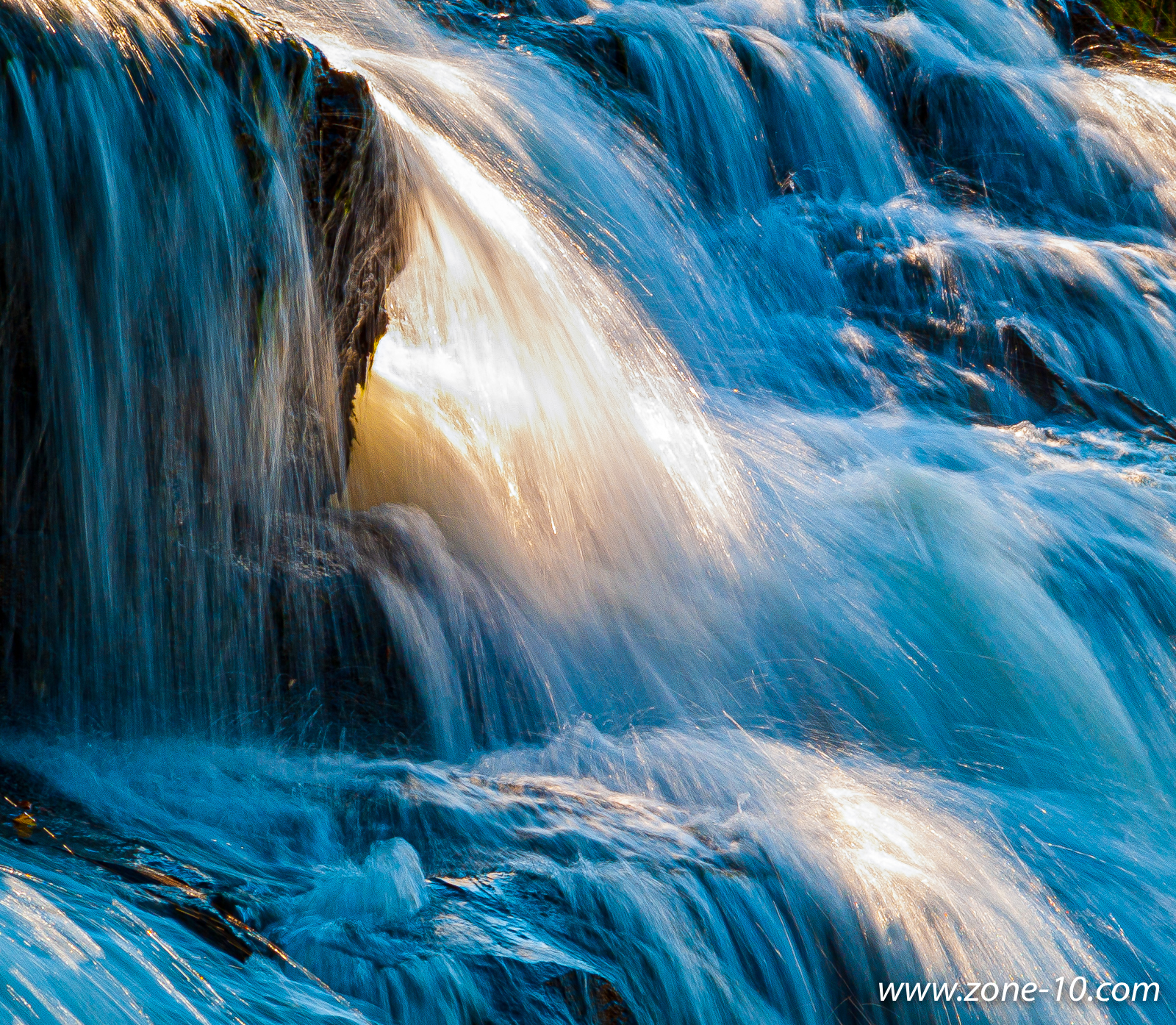
Flowing Water - Bond Falls. Olympus E-1 with OM Zuiko 300/4.5 lens.
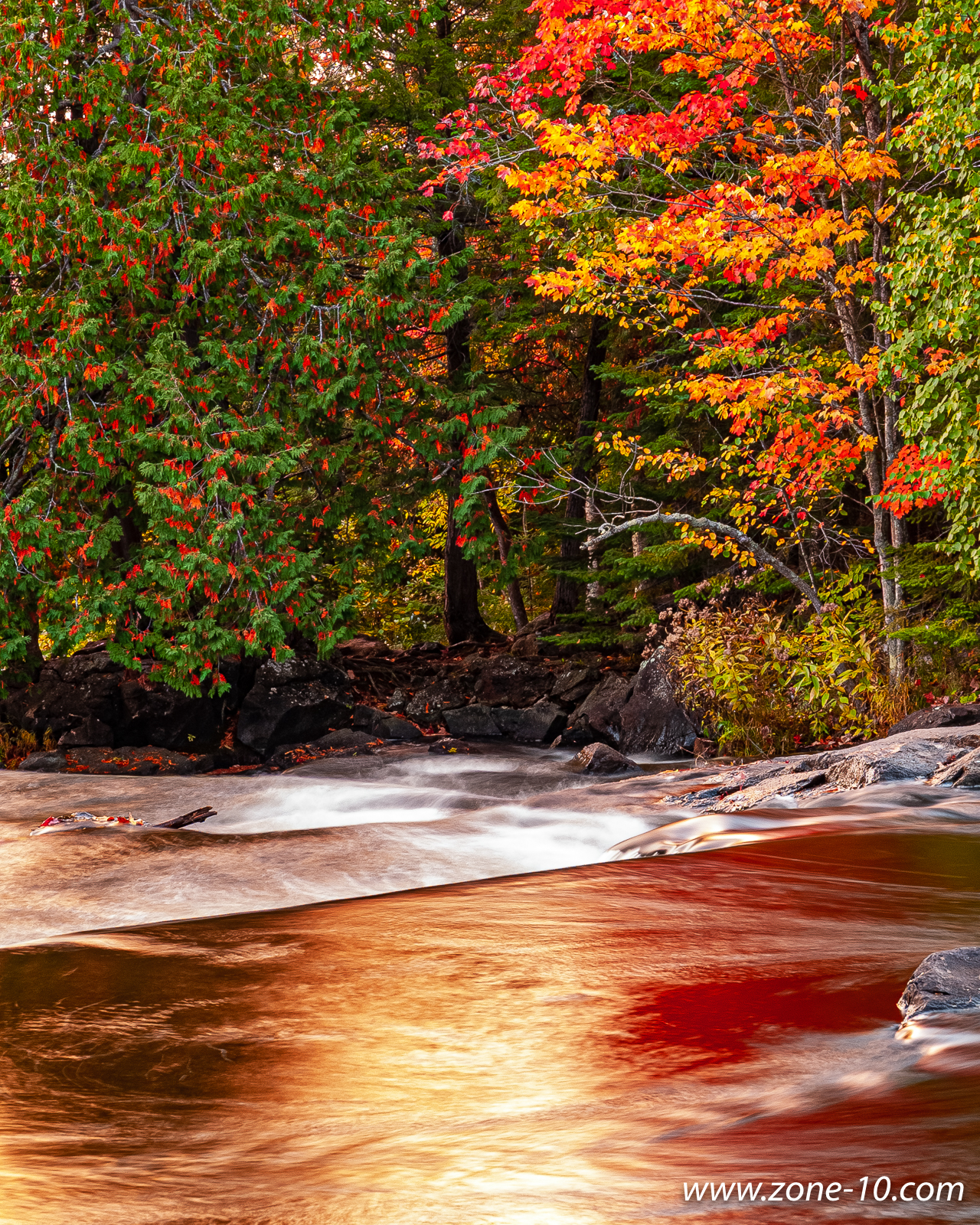
Red Water - Bond Falls at Sunset. Olympus E-1 with 14-54 lens.
There are innumerable ways these images can be processed. I've personally processed these images many different ways over the past 15 years and next time will be sure to handle them differently again. But these are how I wanted to process them this time. And the raw files support it. Absolutely no heroics were applied, nor gradients or local adjustments. All adjustments were global. Other than minor cropping and rotation, these are as-is. No spot editing, nor corrections. Just color and contrast adjustments. Final print versions have different edits and adjustments made for display.
Ken
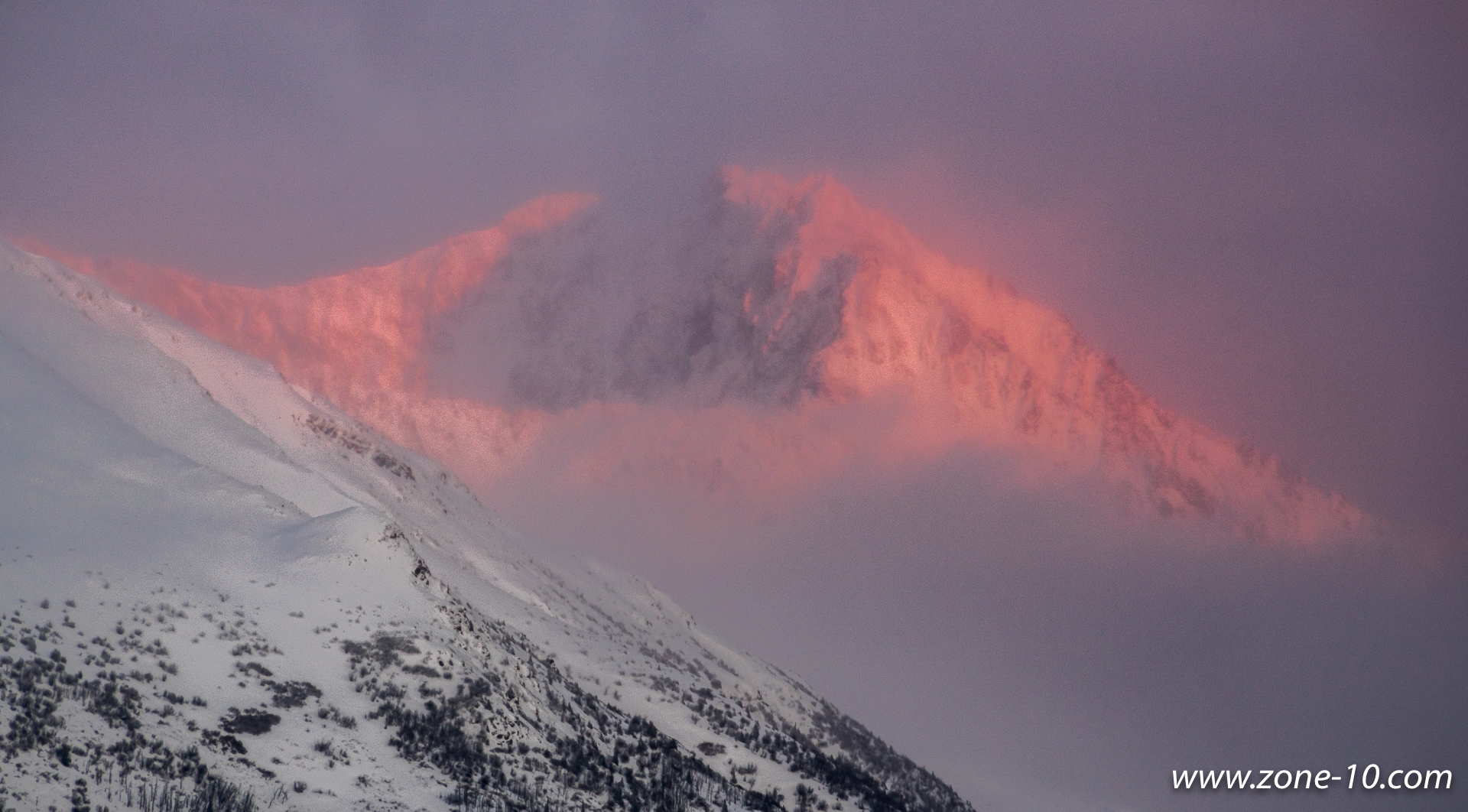

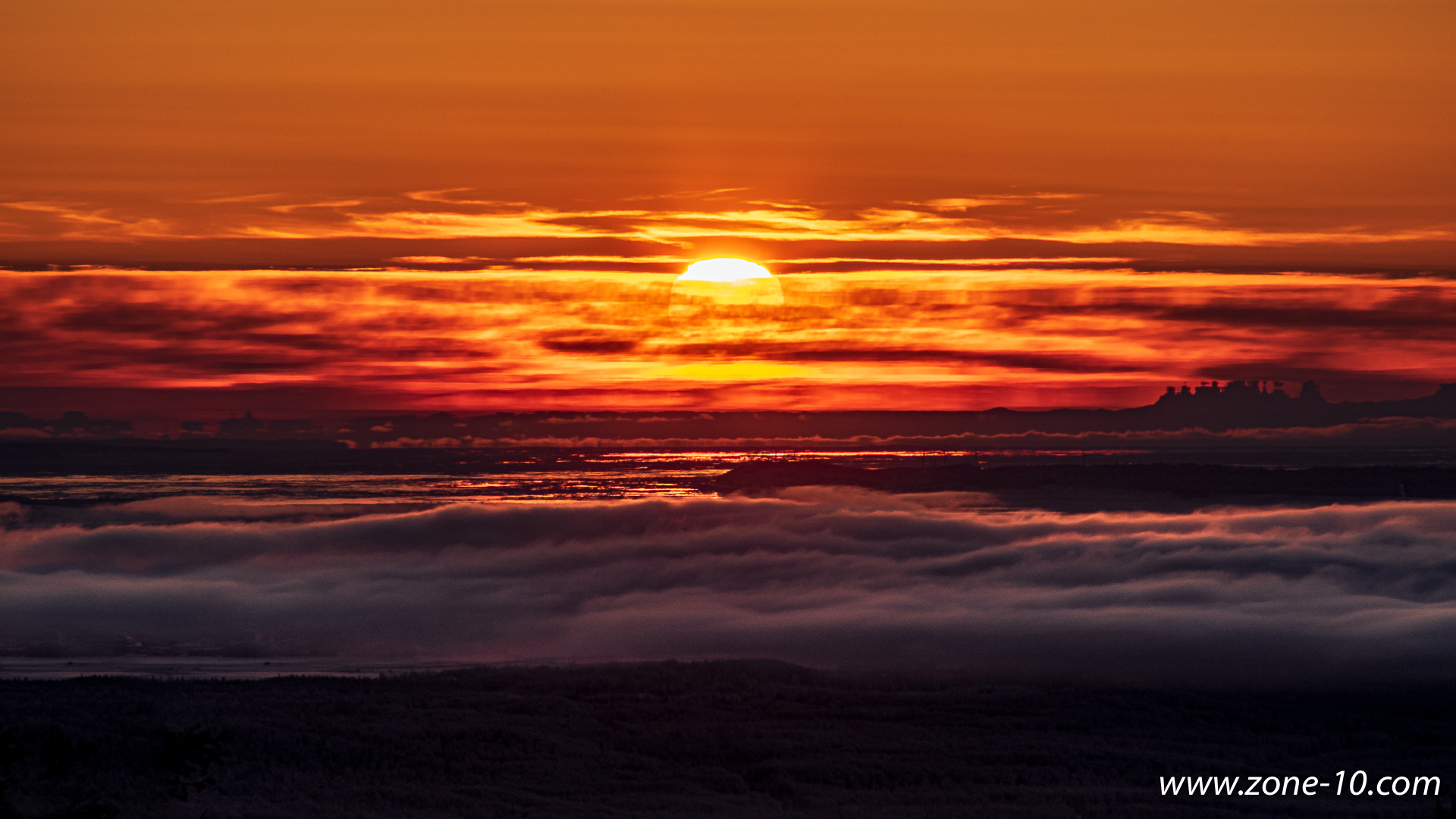
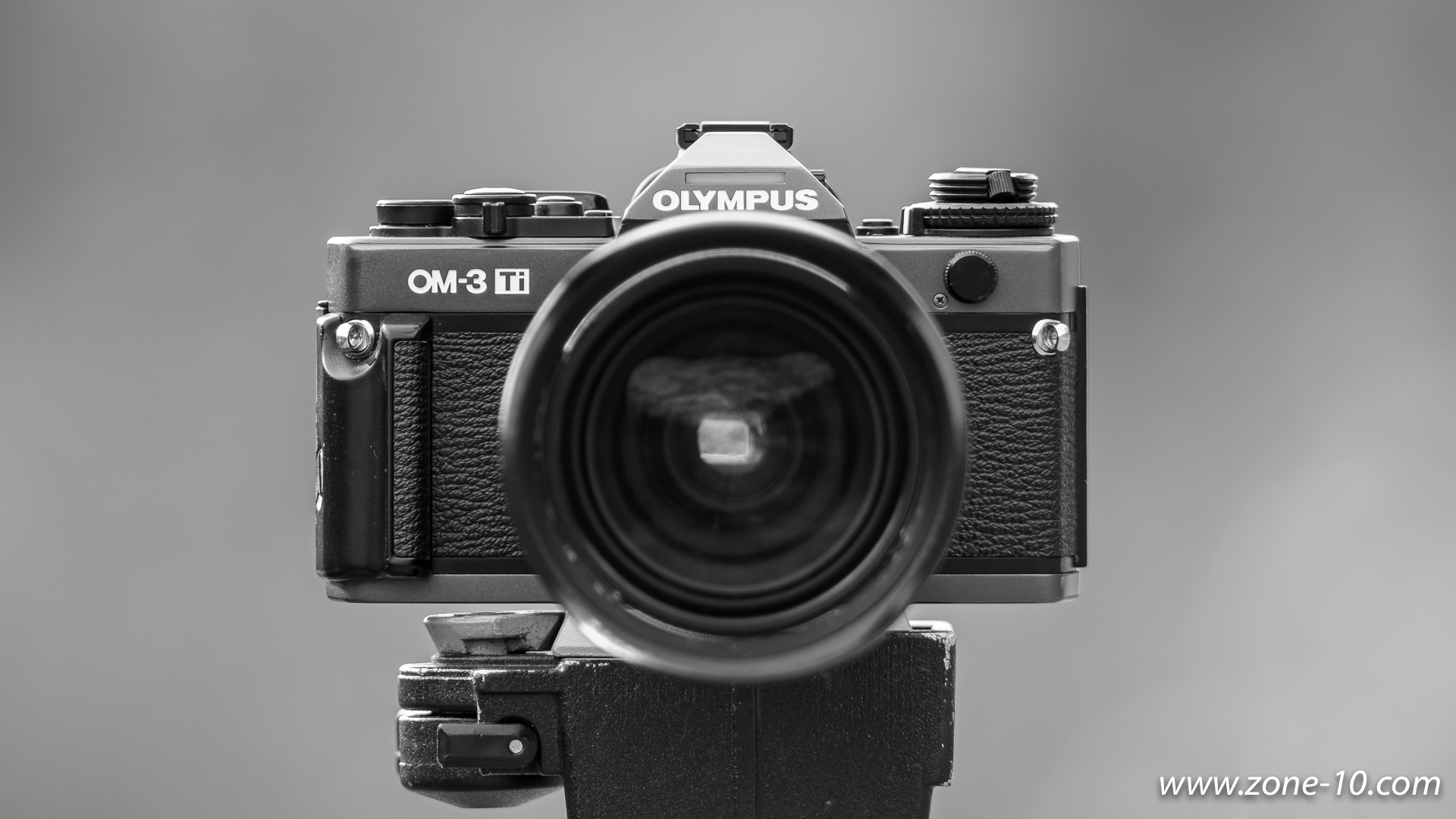
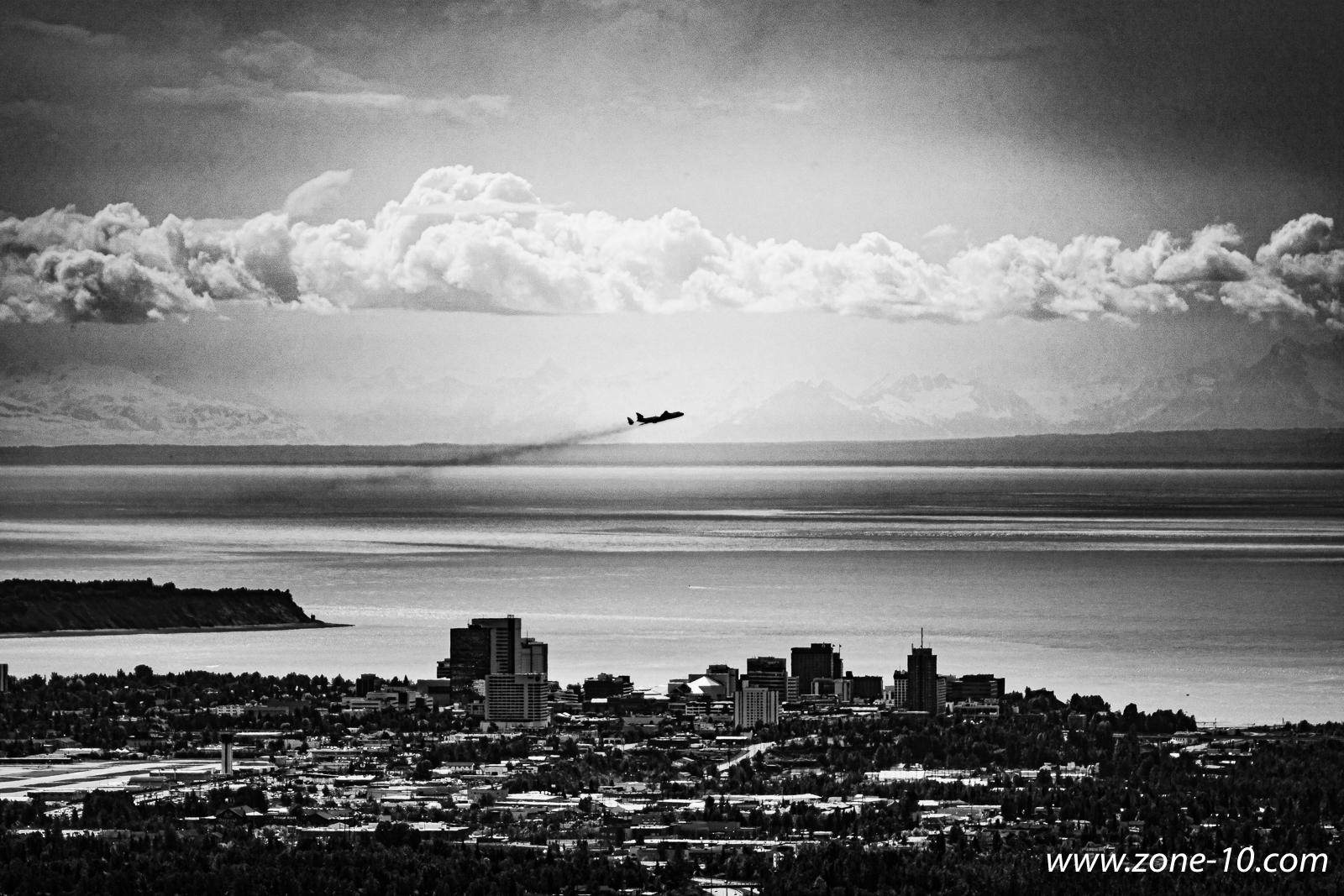
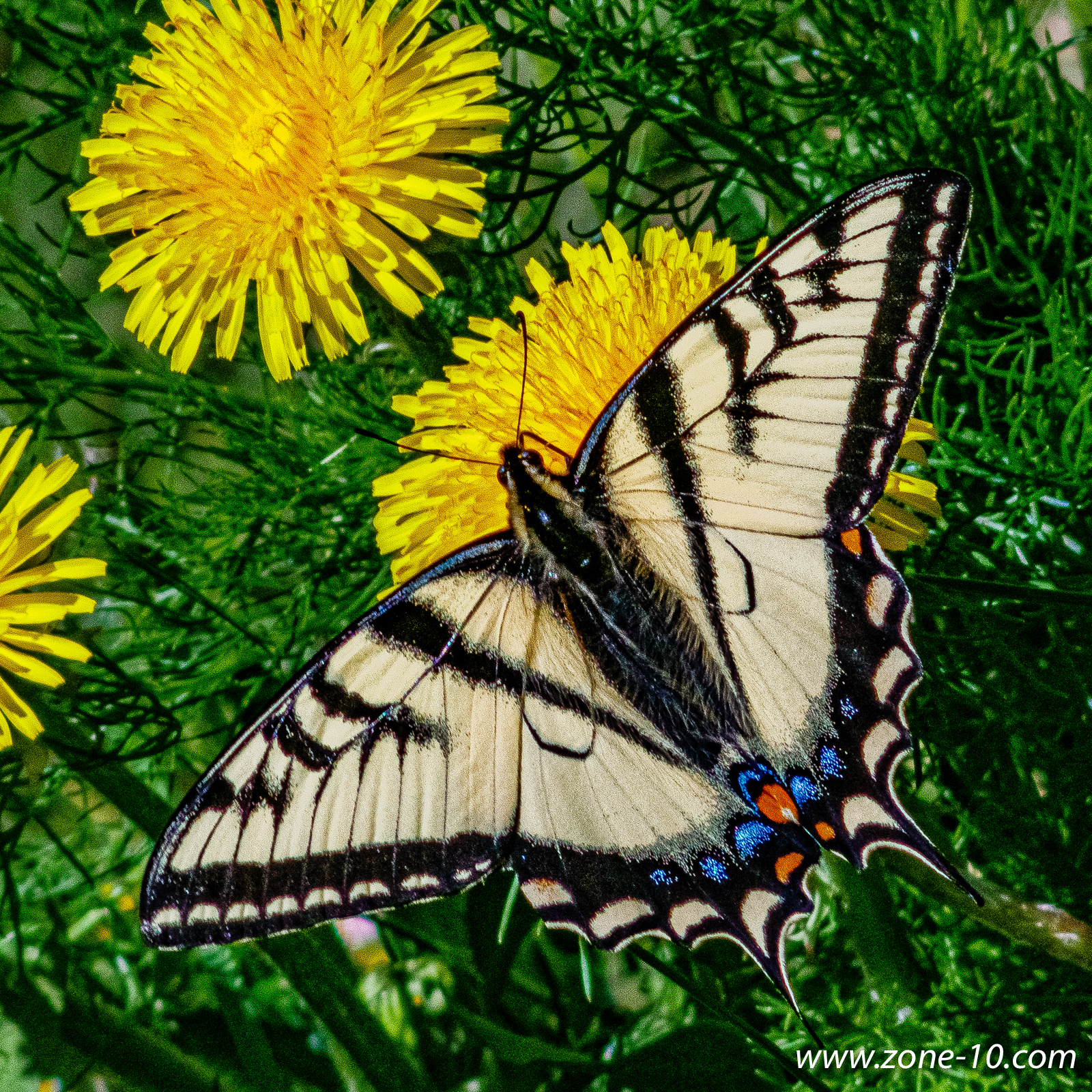
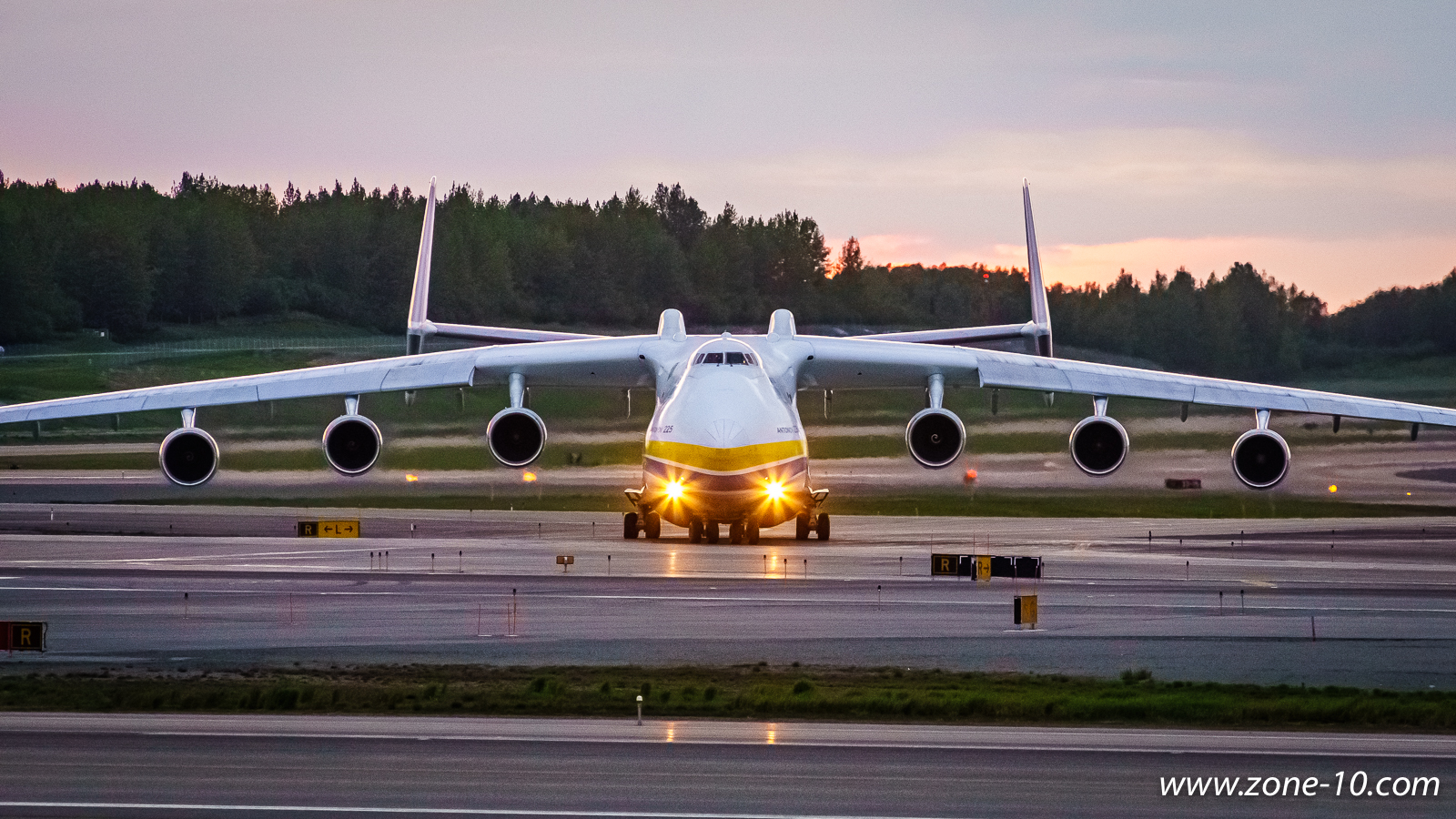
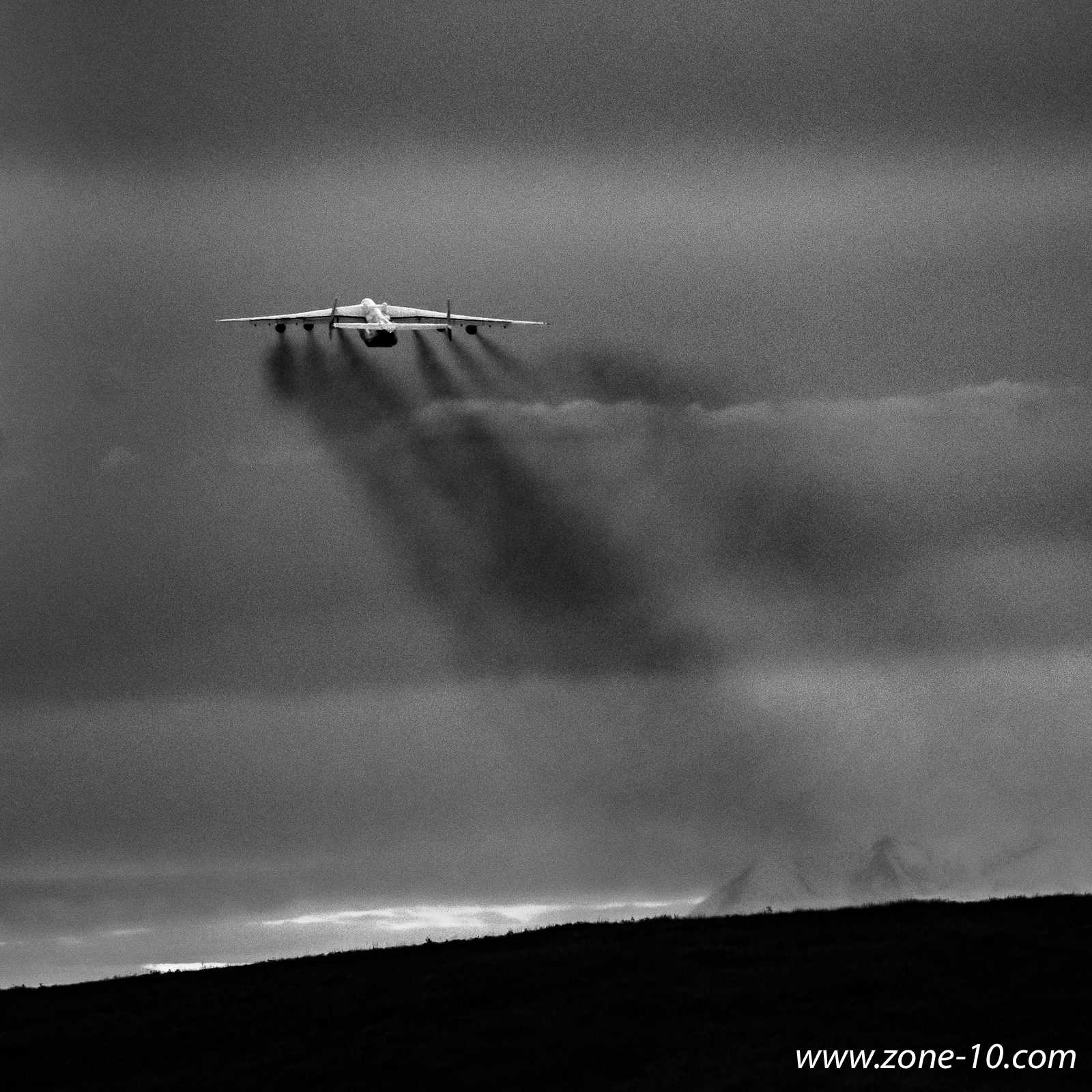
 Lake Superior Sunrise - Porcupine Mountains State Park. Olympus E-1 with 14-54 lens.
Lake Superior Sunrise - Porcupine Mountains State Park. Olympus E-1 with 14-54 lens.

